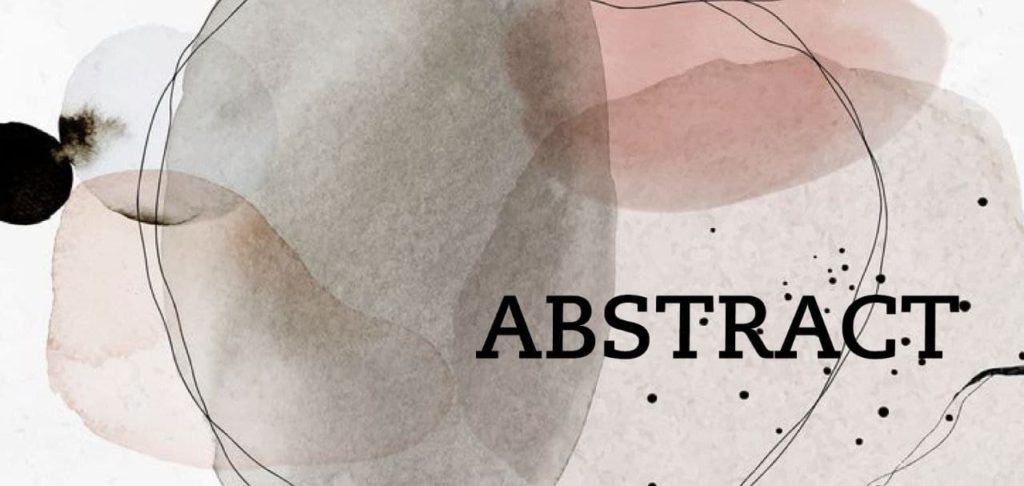Directly compare robotic- versus fluoroscopy-guided percutaneous pedicle screw (PPS) placement in thoracolumbar spine trauma with a focus on clinically-acceptable pedicle screw accuracy and facet joint violation
Robotic-navigated percutaneous pedicle screw placement has less facet joint violation than fluoroscopy-guided percutaneous screws
Gennadiy A Katsevman 1, Raven D Spencer 2, Scott D Daffner 3, Sanjay Bhatia 4, Robert A Marsh 4, John C France 3, Shari Cui 3, Patricia Dekeseredy 2, Cara L Sedney 4Affiliations expand
- PMID: 33962072
- DOI: 10.1016/j.wneu.2021.04.117
Abstract
Objective: Directly compare robotic- versus fluoroscopy-guided percutaneous pedicle screw (PPS) placement in thoracolumbar spine trauma with a focus on clinically-acceptable pedicle screw accuracy and facet joint violation (FJV).
Methods: A retrospective chart review assessed 37 trauma patients undergoing percutaneous thoracic and/or lumbar fixation. Post-operative computed tomography images were reviewed by authors blinded to surgical technique who assessed pedicle screw trajectory accuracy and FJV frequency.
Results: Seventeen patients underwent placement of 143 PPS with robotic assistance (robot group), compared to 20 patients receiving 149 PPS using fluoroscopy assistance (control group). Overall, the robot cohort demonstrated decreased FJV frequency of 2.8% vs. 14.8% in controls (P=0.0003). When further stratified by level of surgery (i.e., upper thoracic, lower thoracic, lumbar spine), the robot group had FJV frequencies of 0%, 3.2%, and 3.7%, respectively, compared to 17.7% (P=0.0209), 14.3% (P=0.0455), and 11.9% (P=0.2340) in controls. The robot group had 84.6% clinically acceptable screw trajectories, compared to 81.9% in controls (P=0.6388). Within the upper thoracic, lower thoracic, and lumbar regions, the robot group had acceptable screw trajectories of 66.7%, 87.1%, and 90.7%, respectively, compared to 58.8% (P=0.6261), 91.1% (P=0.5655), and 97.6% (P=0.2263) in controls.
Conclusions: There was no significant difference in clinically-acceptable screw trajectory accuracy between robotic vs. fluoroscopy-guided PPS placement. However, the robot cohort demonstrated a statistically significantly decreased FJV overall and specifically within the thoracic spine region. Use of robotic technology may improve radiographic outcomes for a subset of patients or spine surgeries.
Keywords: accuracy; facet; fluoroscopy; pedicle; percutaneous; robotic; spine.

